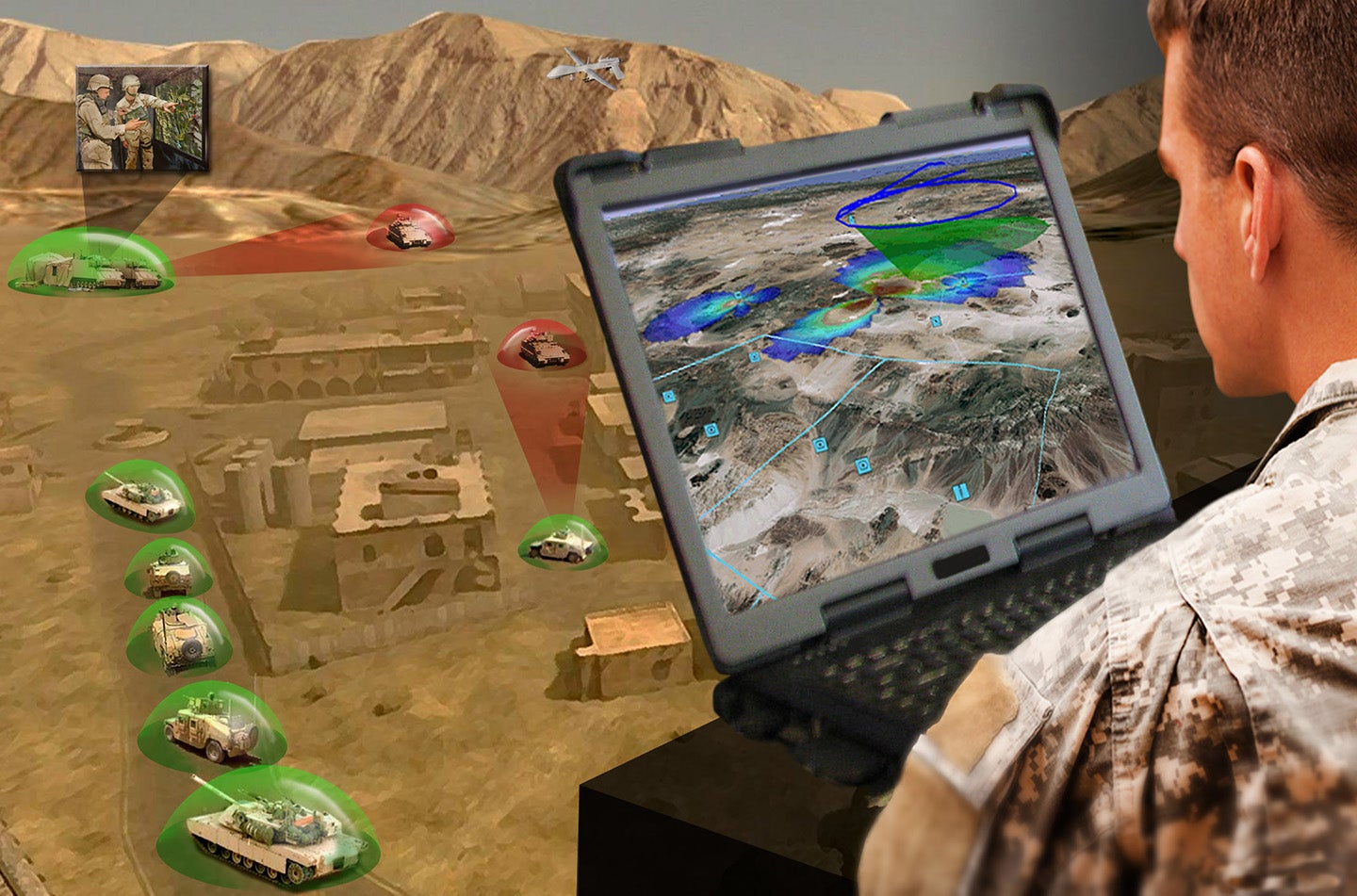Army network needs quality workforce, improved capabilities
Army network needs quality workforce, improved capabilities
Due to the speed of emerging threats and the exponential growth of the cyber domain, it is critical that the Army maintains a quality signal, cyber and intel workforce, and continues to improve cyber capabilities.
That was the message at a panel titled “Readiness across the Signal, Cyber and Intel Communities,” held during the Association of the U.S. Army’s Hot Topic forum on Army Networks.
Readiness is the Army’s number-one priority, and for good reason, said Jeffrey Rapp, the Army’s assistant deputy chief of staff, G-2.
“We’ve got to be able to win in this increasingly dangerous national security environment, where Russia has invaded the Ukraine, North Korea has tested nuclear weapons, and China is illegally expanding in the South China Sea, and ISIS continues to metastasize around the world,” Rapp said.
The Army is undertaking all these missions despite continued funding cuts that have reduced manning levels to the lowest since World War II and cut modernization by more than 33 percent, he noted.
Despite these challenges, Rapp said, “The U.S. military’s primary advantage over any other force on the planet is our ability to see the battlefield through information collection,” creating situational awareness for American commanders.
The Army is developing several capabilities to improve information collection processing.
“First is improving the Distributed Common Ground System-Army (DCGS-A),” Rapp said, noting that the Army is currently training and fielding an update to DCGS-A that addresses ease-of-use concerns and increases security.
The competition for talent in the cyber domain is fierce, said Gary Wang, deputy chief information officer, CIO/G-6.
Wang noted that recruiting isn’t only at the college level.
He said. “To get someone to say, ‘I want to serve my country for five years – it requires a long-term relationship that you have to work on, starting at middle school.”
Since “the newer generation is not wedded to an organization for 20 years,” he said, the military has to provide reasons “to join up and stay in.”
Right now, Wang said, military or government service isn’t at the top of the list for young professionals in the cyber and IT arena.
He added, “Number one when a kid comes out of college is Google or Yahoo. Number two is consumer products, and number three is contractors.
“So we’re pretty low on the list.”
The government competes by inspiring people to “do the mission, do something for the country,” Wang said.
Another challenge, he said, is figuring out how the Army can incentivize military and civilian personnel moving between the signal, cyber and intel communities.
Brig. Gen. Maria Barrett, deputy commanding general, Joint Force Headquarters – Cyber, emphasized that in the cyber domain, “technology and threats evolve differently,” which requires constant reassessment of readiness.
“In infantry formations, or intelligence formations, you always have the senior NCOs or warrant officers who are the subject matter experts in those functional areas,” she said, whereas cyber formations “have to have the ability to train themselves” to maintain readiness.


